Scaling up from 1 to 10 Robots: Create Your Automation Plan

Posted on Sep 28, 2016 7:00 AM. 4 min read time
Once you have gathered all the information you need and you have decide where you want to implement your next robot; it is time to think how you can correctly replicate your robotic cell without repeating your mistakes. This is where you get to draw on all the expertise you developed during your first robotic implementation.
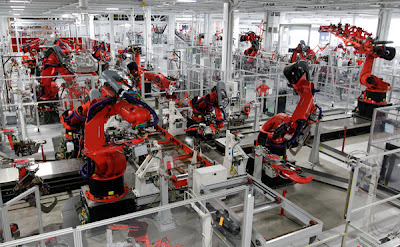
To do it the right way, our technique has been inspired by the ubiquitous 5S methodology - or in our case 6S -, as we also include safety as an extremely important sixth function. This methodology uses 5 keywords to direct the improvement process. Each of these keywords represents steps that should be followed one after the other to complete the 5S technique. We based our robotic scale up plan on this methodology. We will see each step or keyword to provide a comprehensive explanation.
1- Sort
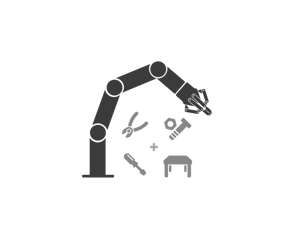 Ask yourself this question: Does this or that really have a place in the robotic cell? Here are a couple of guidelines that can help you in your analysis.
Ask yourself this question: Does this or that really have a place in the robotic cell? Here are a couple of guidelines that can help you in your analysis.
- Remove unnecessary items (and dispose of them properly).
- Make work easier by eliminating obstacles.
- Reduce chances of being disturbed.
- Prevent accumulation of unnecessary items.
- Evaluate necessary items with regard to cost or other factors.
2- Set
This can be interpreted as optimizing your robotic cell. In fact once you have sorted everything out it is time to optimize what you’ve got and make your run as smooth as possible. You can compare this step to when you are doing a big clean up in your garage, once a bunch of stuff has been dumped in the garbage, now it’s time to place everything in its rightful place. Here are a couple of guidelines that can help with your reflection on this step.
- Make workflows smooth and easy.
- Arrange all necessary items so that they can be easily selected for use.
- Prevent loss and waste of time by arranging the workstation so that all tooling and equipment is in close proximity.
- Make it easy to find and pick up necessary items.
3- Shine
It is always better to work in a clean environment. It is safer for the user of the robot and problems can be detected and solved more easily. This part of the process is more important when you are using more than one robot. In fact, when a certain number of robots are working at the same time in a series you want to know as fast as possible if there is a problem with one of the cells. As bottlenecks and backups can occur easily if one of the machines is down affecting the whole production process. Having a clean workplace makes it easier to spot any problems or potential problems. Here are a couple of guidelines
- Use cleaning as inspection.
- Do regular maintenance to prevent machinery and equipment deterioration.
- Keep your workplace safe and easy to work in.
- When seiso is in place, even someone not familiar with the environment should still be able to detect a problem within 50 feet in 5 seconds.
4- Standardize
Establishing what you want as your standard robotic cell will make your life easier when implementing new robots. In fact, if you know exactly which robot brand(s) and which devices or sensors to buy, this will shorten your integration time. So you might want to look at robots that are capable of multitasking instead of custom equipment. Once you have developed some in house knowledge and expertise it will be much easier to transfer this from one application to another. Here are a few guidelines that might help.
- Write up your best practices.
- Maintain high standards in workplace organization at all times.
- Maintain orderliness. Maintain everything in order and according to its standard.
- Everything in its proper place.
5- Sustain
The final step of the 5S methodology is the sustainability of the process.
Since your objective is to introduce several robots into your manufacturing process, you want to make sure you have updated all the documents related to your new process. This way when the time comes to add a second or third robot you will have all the information readily available and this will mean that you don’t have to reinvent the wheel each time you want to upgrade your process.
Here are a couple of guidelines that can help you in your reflection.
- Regular maintenance schedules are required to keep things in proper working order.
- Also translates as "do without being told".
- Renewing training and discipline periodically can keep everyone on their toes.
- Training is a goal oriented process. Its resulting feedback is necessary monthly.
6- Safety
Safety is not actually one of the original 5Ses, but many companies have added it as it is an essential component of any well run 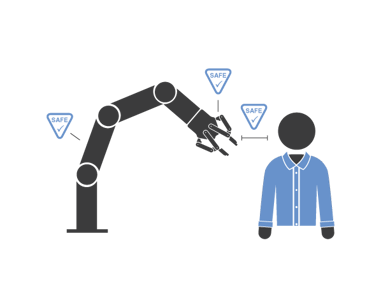 automation application. Robots are often looked at as dangerous. In order to make them safe, you need to perform a risk assessment.
automation application. Robots are often looked at as dangerous. In order to make them safe, you need to perform a risk assessment.
This means that even if you are using the same robot and the same equipment you still need to perform a risk assessment for each robot cell or each application if you are using the same robot for different applications.
In order to optimize your implementation process, we highly recommend building internal safety knowledge starting with a risk assessment template. This document will allow you to perform a risk assessment much faster each and every time and will get you back to your normal tasks as fast as possible. We also recommend reading the standards that apply in your region. This will help you be aware of what is necessary to introduce a robot correctly on your shop floor.
Read more about scaling up robots in our eBook Getting Started with Collaborative Robots Part III: Scaling Your Robotic Capabilities.

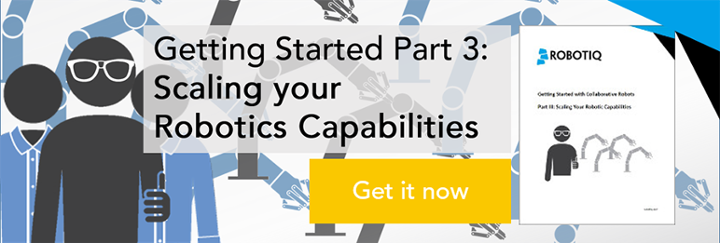
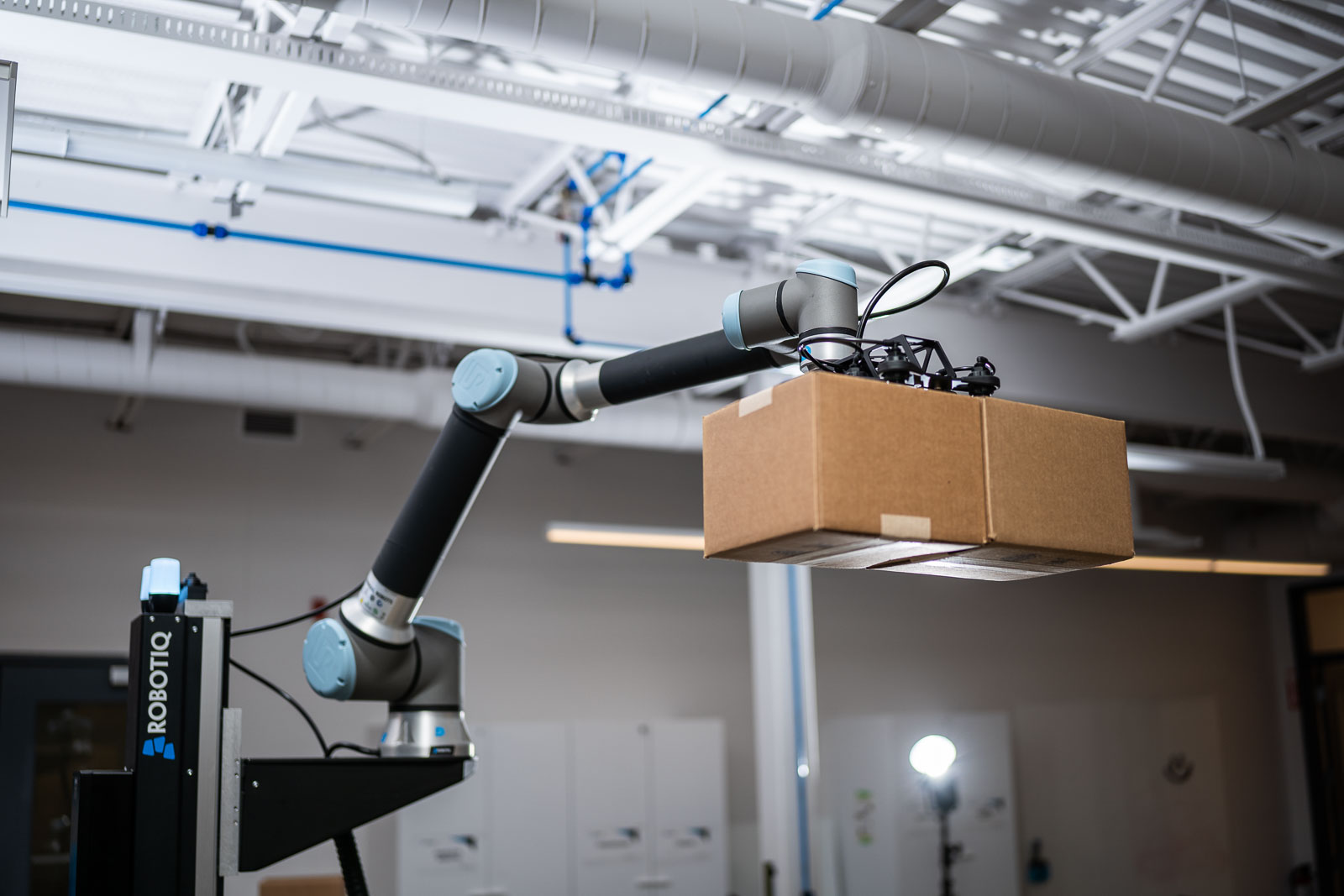
.png)
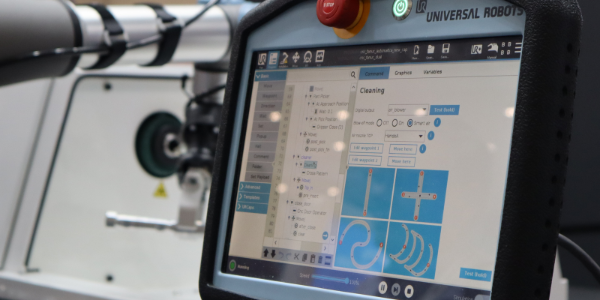

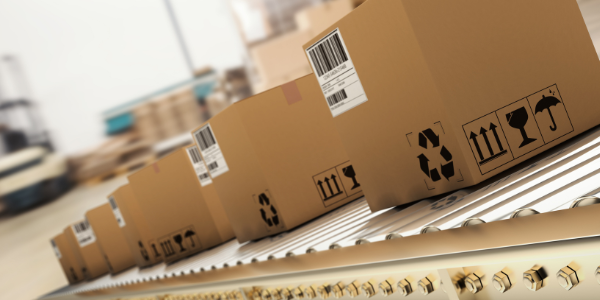

Leave a comment